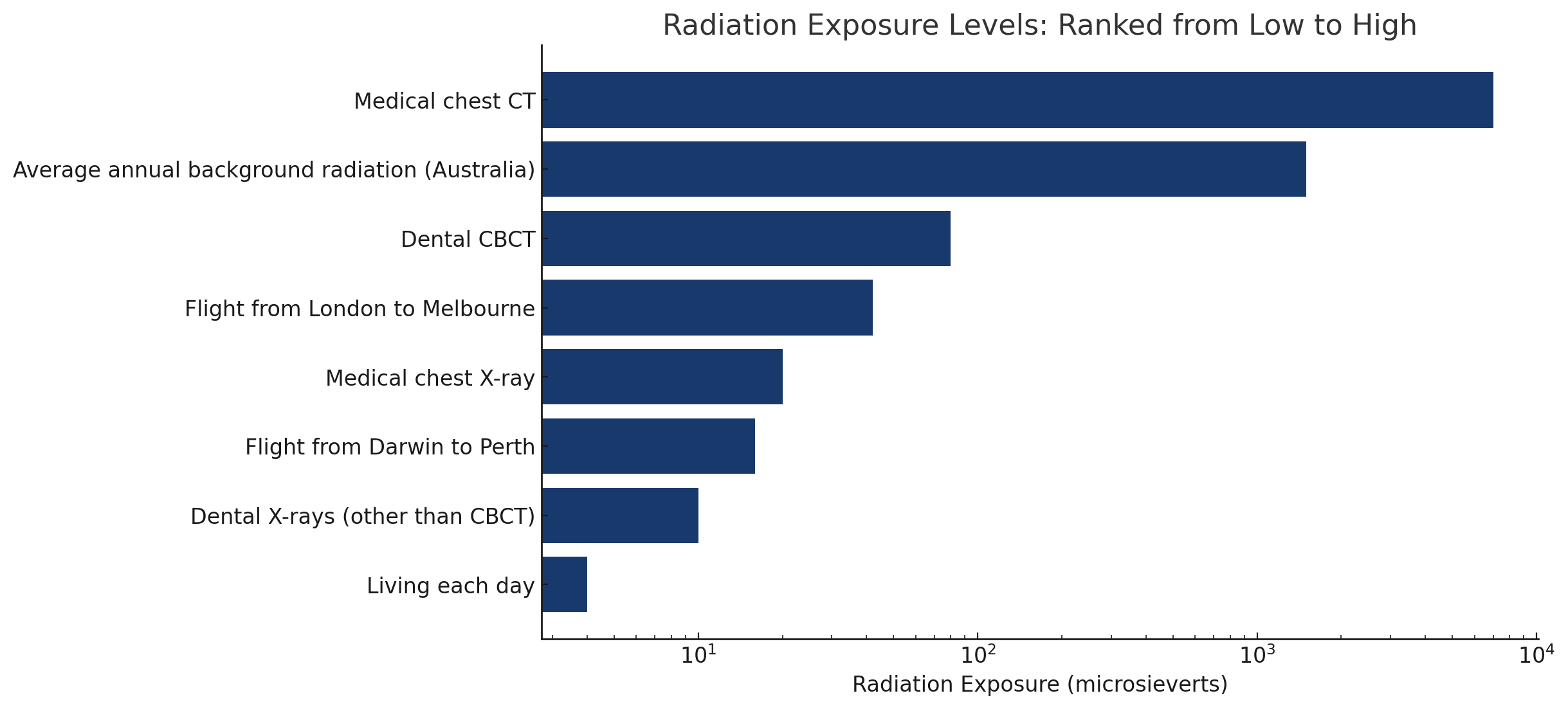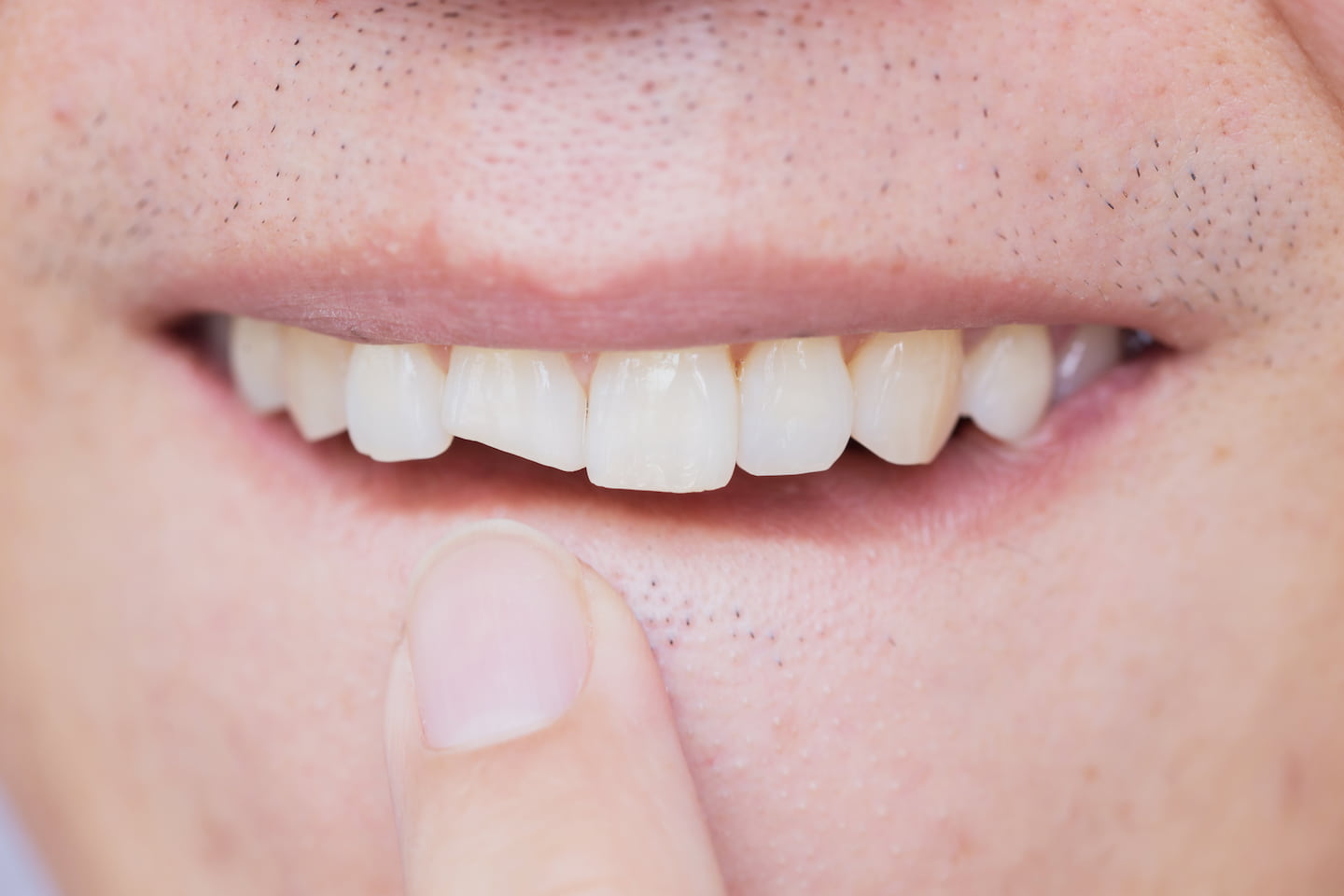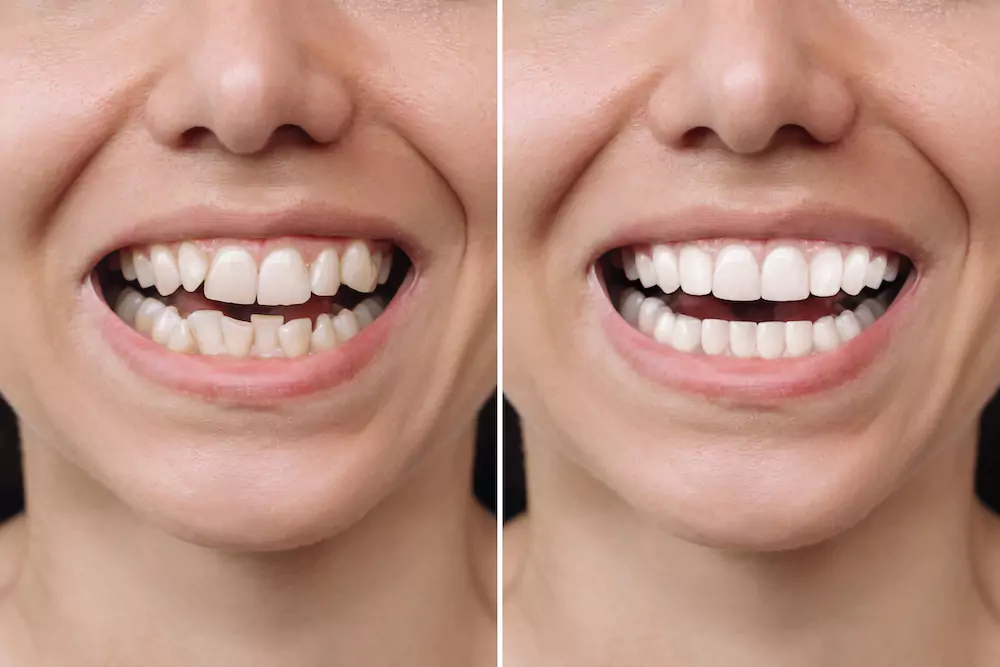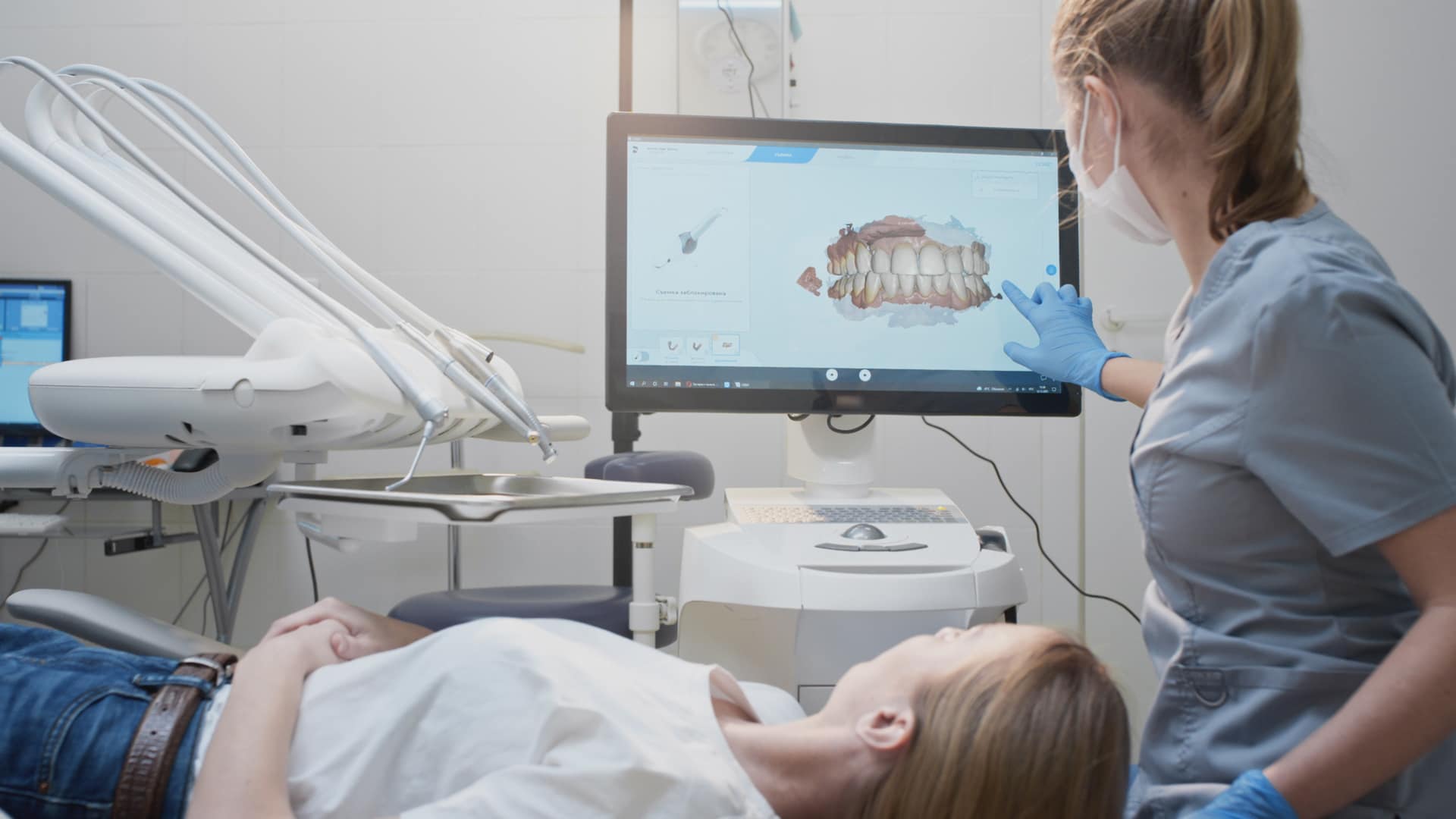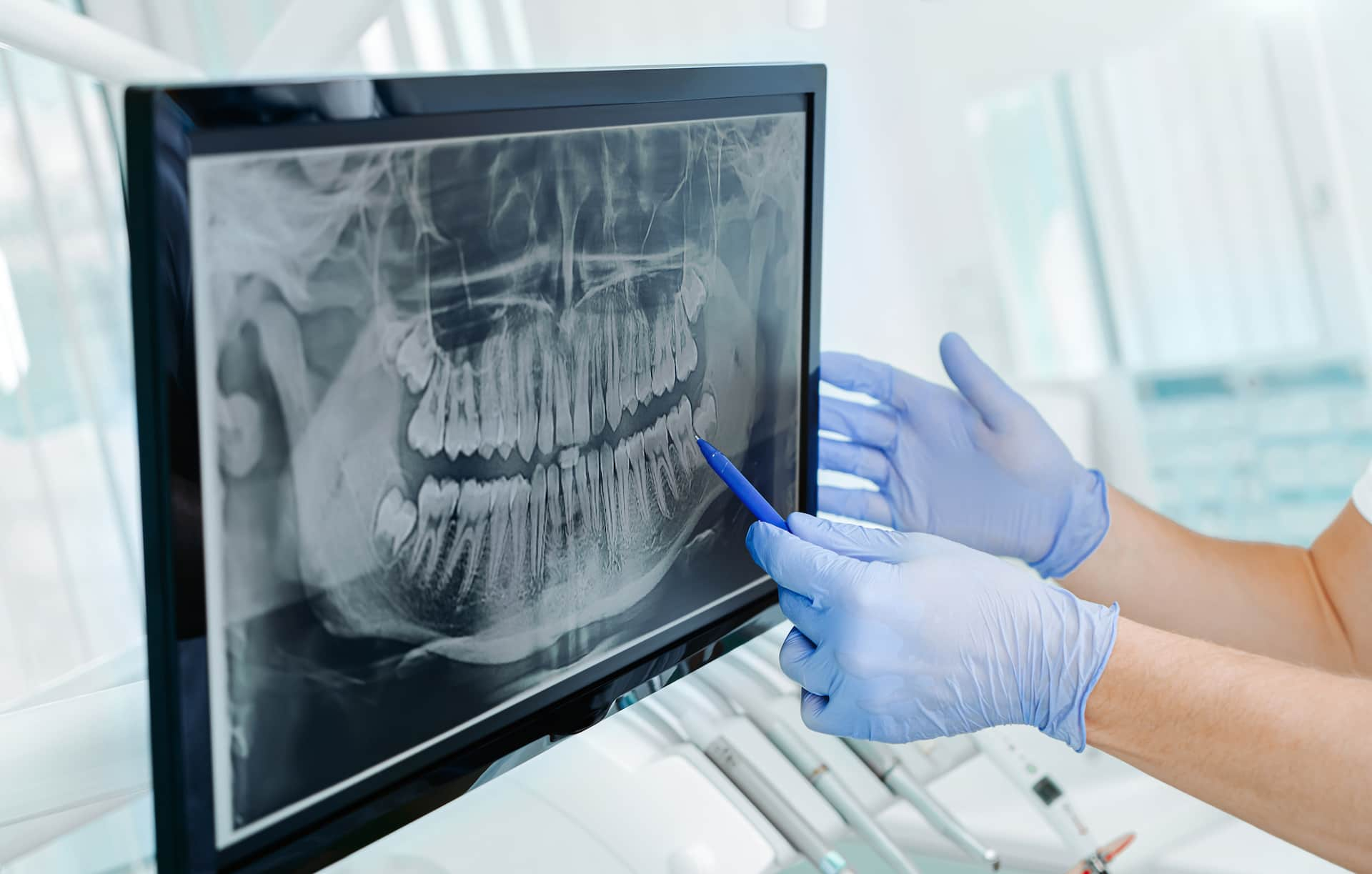
Dental X Rays: Safety, Types and Their Uses
X-rays are usually done as part of a comprehensive dental checkup. I’ve evaluated thousands of X-rays during my decade as a dentist and I’m here to share why they are so important for your oral health.
In this guide to dental X-rays, I’ll cover how they work, how they are used, and if X-rays are safe. I love educating my patients on why X-rays are an important part of maintaining a healthy mouth and teeth!
Quick Summary
- X-rays are usually done as part of a comprehensive dental check up
- X-rays allow a dentist to see beneath the surface of the teeth and gums, between the teeth, and other hard to see areas
- Dental X-rays play a crucial role in detecting tooth decay, gum disease, impacted teeth, and other oral health issues
- There are a variety of types of dental X-rays, each with specific uses and advantages
- Most individuals with healthy teeth and gums will have dental X-rays once every 2 years
- X-rays are used for planning treatments, monitoring developing teeth, and detecting oral health issues
- Dental X-rays do involve radiation but it is a very low dose that is similar to everyday sources of radiation you are exposed to
Why Do I Need Dental X-Rays?
Dental X-rays are images (radiographs) of the teeth that give your dentist important insight into your oral health. X-rays show hard-to-see areas of the mouth and teeth, such as beneath the gum line and between the teeth.
These images allow the dentist to examine structures that can’t be seen by just looking inside your mouth. There are several types of dental X-rays that can be used for a wide range of oral health conditions.
Types of Dental X-Rays
Bite-Wing X-Rays
Bite-wings are likely the X-ray you are most familiar with. They involve biting down on a plastic tab covering the film. The X-ray captures an image of a specific area of your upper and lower teeth.
Bitewing X-rays are used to detect decay in between the teeth, check how much bone is around the teeth, change below the gum line, and as part of a regular dental check up.
These X-rays are crucial for detecting problems as early as possible. When caught early, the prognosis of the tooth is better. This means there will be less dental work involved to fix the issue, saving you time, further complications, and money.
These X-rays:
- Can be used to check the back teeth for decay and assess any existing fillings or dental work
- Do not usually show the roots of the teeth
- Are usually part of a general dental checkup
- Are usually taken every two years and sometimes earlier if indicated (i.e. when the dentist is monitoring something more closely, such as decay or holes between the back teeth that aren’t easily visible)
Learn More: The Importance of Regular Dental Checkups
OPG (Orthopantomogram)
An OPG X-ray is a panoramic X-ray. It can show the upper and lower jaws, teeth, and teeth that haven’t erupted yet — all in a single image.
These are:
- Taken every five years (unless indicated otherwise)
- Used to assess the height of the bone surrounding the teeth and screen for any oral diseases such as cysts, tumours, and other abnormalities that could be hiding in the bone and surrounding structures
- Can also be used to check wisdom teeth prior to undergoing orthodontic treatment.
Periapical
A periapical X-ray shows the entire tooth, including the roots and the bone surrounding it. Periapical X-rays can help detect abnormalities, gum disease, bone loss, and tooth decay.
Periapical X-rays are taken as indicated and may be used when the dentist needs to check:
- The end of the tooth root
- A broken tooth
- A sore tooth
- Before removing a tooth
- A tooth needing a crown (learn more here: Crowns and Bridges)
- A tooth before, during, and after root canal treatment
- The bone surrounding a tooth
CBCT (Cone-Beam Computerised Tomography)
CBCT X-rays are:
- Only done as required
- 3-D X-rays that can give the dentist more detailed information
- Used when planning complex treatments, such as oral surgery, or when aiding diagnosis
- Used to check the height, width, and location of your jawbone before dental implants
- Useful for detecting facial fractures or tumours
How Are Dental X-Rays Used?
Dental X-rays can be used to detect, monitor, and diagnose a range of oral health issues, such as:
- Tooth decay (including between the teeth or beneath fillings)
- Bone loss in the jaw
- Gum disease
- Tooth development (including impacted or unerupted teeth)
- Infection
- Cysts
- Certain tumour types
- Abscessed teeth
- Tooth or bone fractures after trauma to the mouth or face
Dentists also use X-rays to help determine your eligibility for treatments, such as dentures, dental implants, or braces. X-rays are also important for monitoring healing following a procedure, such as root canal treatment.
How Often Do I Need Dental X-Rays?
Most individuals with healthy teeth and gums will have dental X-rays once every two years. If you are a new patient, your dentist will likely want to take fresh X-rays (especially if you do not have previous X-rays to reference).
You may require more frequent X-rays if you have ongoing issues with tooth decay, gum disease, or other oral health problems that require monitoring.
How often you need dental X-rays is determined by factors such as:
- Your past and current oral health
- Your age
- A history of tooth decay or gum disease
- If you are very prone to cavities
- Symptoms of oral disease
Are Dental X-Rays Safe?
“Are dental X-rays safe?” is a common question I hear from my patients.
I understand the concern but my patients are usually surprised when I tell them how small the radiation risk is.
The low level of radiation from dental X-rays is similar to everyday ionising radiation. You receive radiation exposure from everyday items around you, such as:
- Building materials
- Computers, TVs, and smartphones
- Microwave ovens, fluorescent lamps, watches, and smoke detectors
- Wi-Fi, power lines, and LED lights
- Environmental radiation from the sun, the Earth, and the stars
Source: arpansa.gov.au
While it is important to avoid having X-rays more than necessary, they can be a beneficial, safe part of maintaining good oral health.
When I work with patients, I make sure they understand the benefits of dental X-rays. I also ensure a safe, appropriate X-ray schedule for each patient.
You may notice that I’ll leave the room when X-rays are being taken. This is due to the multiple exposures that would add up over time.
Can You Have Dental X-rays While Pregnant?
The low level of dental X-ray radiation is generally considered safe for children and adults. However, extra caution is taken with pregnant women.
The decision to take an X-ray is always based on risk vs benefit. Routine X-rays can generally be deferred until after childbirth however, if there is a strong indication to take an X-ray such as a toothache or severely broken tooth.
Can You Request Your Dental X-rays?
Yes, you can certainly request dental X-rays. I always want to know if my patients have questions or concerns about something. If you want to discuss your X-ray schedule or see copies of past X-rays, I’d be happy to go over them with you.
Conclusion
Dental X-rays are crucial for detecting oral health issues as early as possible and addressing them before they can worsen. Regular dental X-rays are an important part of good oral health and maintenance.
At Genesis Dental, we offer preventative dental care plans for the whole family, including the latest digital dental imaging.
During a dental checkup, we make sure your teeth are thoroughly cleaned, monitor any issues, evaluate your overall oral health, and take X-rays as needed.
If you have questions about dental X-rays or would like to book a general check up, our team is here to help.
